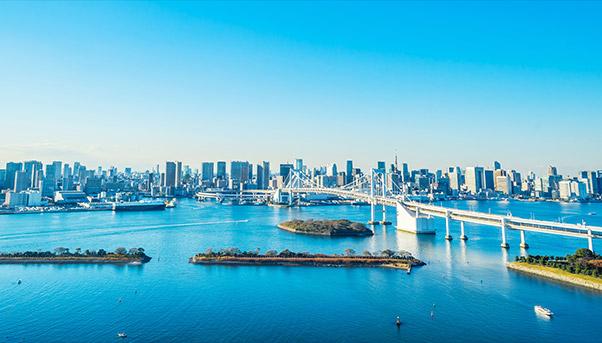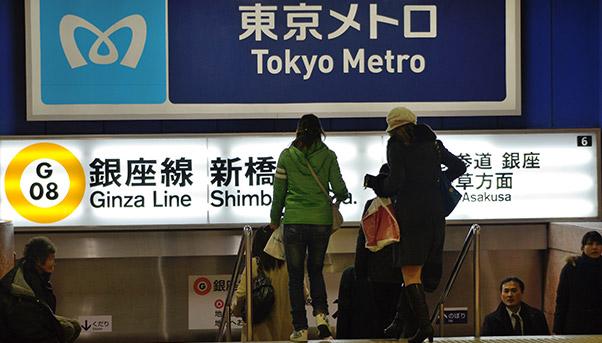
Tokyo’s skyline is set to change as the Japanese city works on a skyscraper inside an urban renewal project as well as the facilities for the 2020 Summer Olympic Games.
Rising in the Toranomon-Azabudai district, this 64-story, 330-metre (1,082-foot) building belongs to a $5.5-billion project to create a new area that is just one step away from the bustling central district of Roppongi.
Once it is complete in March 2023, it will be the city’s tallest. But it will hold onto the title for only a few short years as real estate developer Mitsubishi Estate Co Ltd is expected to finish its own skyscraper of 390 metres (1,279 feet) in height in 2027.
The urban renewal project in Toranomon-Azabudai will actually be a city within the city. It will cover 860,400 square metres (9.2 million square feet), making it the largest real estate development in the country. Of the total, 6,000 square metres (64,583 square feet) will be allocated to parks. In addition to gardens, museums, art galleries, shops and entertainment venues, it will have three towers capable of accommodating 20,000 workers and 3,500 residents.
The British School in Tokyo plans to open a facility for 700 students from more than 50 countries — another feature that will help make the new development attractive to global companies looking for talent.
The project is being built by Mori Building Co Ltd, one of the most important property developers in Japan that built the enormous residential complex called Roppongi Hills.
«From all over the world we need to attract people, their business, their financial resources», said Shingo Tsuji, President and Chief Executive of Mori at a press conference in August. «Overseas expats have to be able to work, live, and learn. In the heart of Tokyo, we need to offer that kind of environment».

Tokyo Metro Shimbashi station
Asia’s big cities compete for talent
The observation made by Mori’s chief executive is shared by local authorities, who aim to keep Tokyo competitive and in step with other Asian cities like Hong Kong and Shanghai.
Since the 2008 global financial crisis, Tokyo has experienced a period of economic and demographic growth, thanks to an economic recovery and investments in infrastructure. According to the Japan Real Estate Institute, a think tank, average land prices per square metre in the metropolitan area are at their highest since 2008.
Tokyo’s preparations to host the 2020 Summer Olympic Games are also giving an economic boost. The National Olympic Stadium, for example, will cost $1.26 billion. Designed by Kengo Kuma, a famous Japanese architect, it recalls the lines of a traditional Japanese temple.
The Olympics: An opportunity for Tokyo
The stadium is the flagship project for the games and represents the Japanese capital’s calling card for 2020 as the government splashes out as much as $25 billion, according to the latest official estimates.
Among the most important projects is the Toranomon Hills Station, a new metro stop, whose construction began in February 2016 and completion is scheduled for early summer in 2020, just before the start of the Games, according to an August statement from Tokyo Metro. The station is the latest addition to the Hibiya Line, which was inaugurated on the occasion of the 1964 Olympic Games.
Sustainability is a key feature of the new construction works. The Olympic village, for example, will be powered by hydrogen. The athletes as well as the delegations will be transported around the city in hydrogen-powered cars. The Games sites will be 100% powered by renewable energy – a first.

